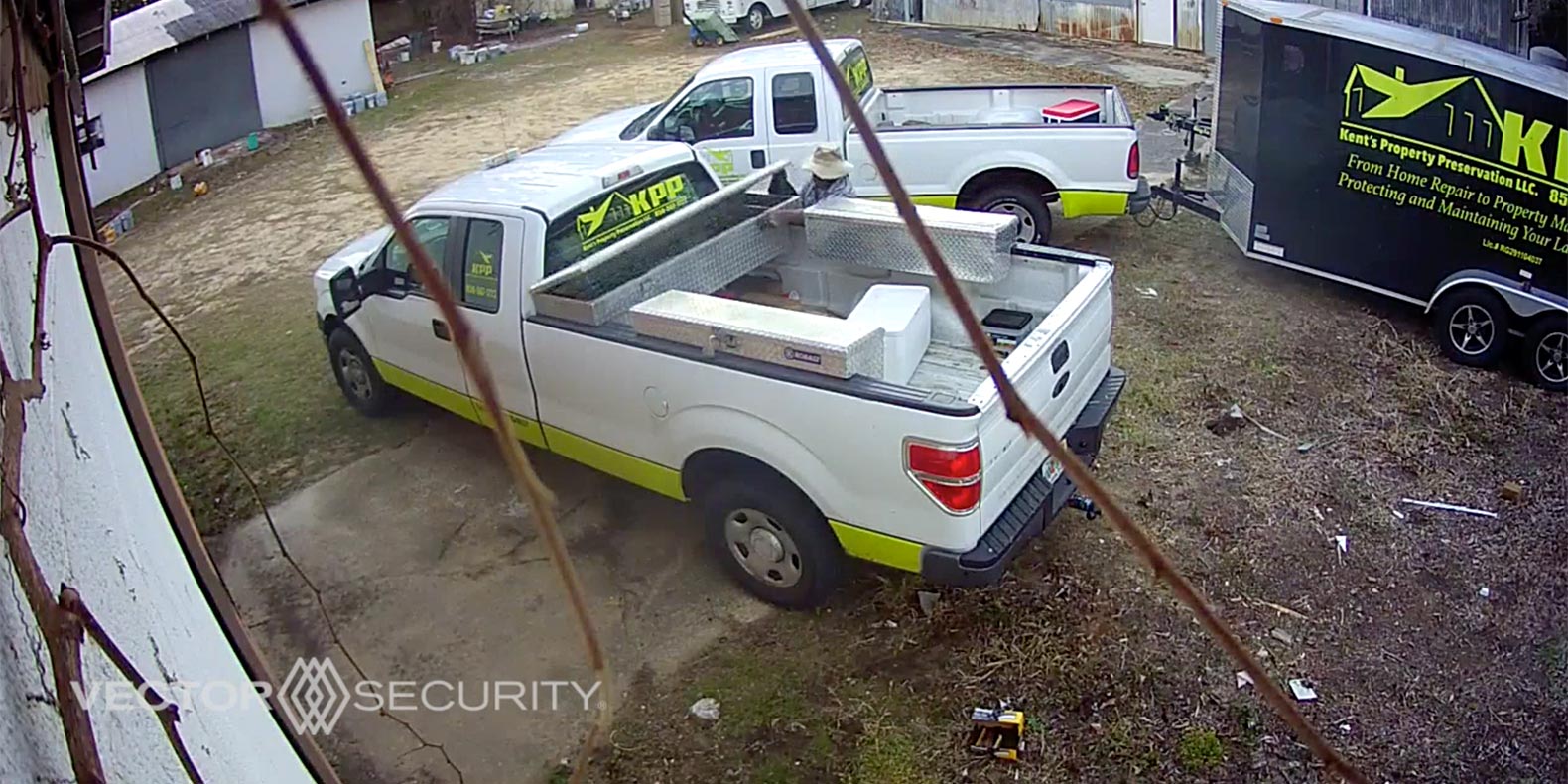This post was originally published on July 8, 2015 and has been updated for accuracy and comprehensiveness.
When shopping around for the perfect video survellience equipment for your business, resolution and security should top your priority list.
The right camera resolution results in usable images. For example, high resolution cameras can allow you to spot details, such as license plate numbers or facial features, that lower resolutions cannot. This information may prove crucial in the event of suspicious activity at your business.
With HD over Coax technology, you can provide your business with high-resolution video and enhanced security at a very affordable price. Outlined below are the pros and cons to consider when selecting surveillance technology.
HD Over Coax Pros and Cons
HD over Coax (also known as HD Analog) refers to the transmission of high-definition video and audio streams over coaxial cables that have traditionally been limited to standard quality video.
There are several competing technologies in this category, including CVI, TVI, and AHD. They vary somewhat in capability, but in general, the major benefits over an IP video system include:
- Low upgrade costs. When replacing an existing system, these cameras can connect to existing coaxial cables, eliminating the need for new wiring. They also support significantly longer cable distances than wired IP networks, which require additional hardware if cameras are located more than 100m from the video recorder or nearest switch.
Simple installation and setup . Most products in this category are designed for near plug-and-play operation with the help of a qualified security vendor.- No interference with networks. These systems can operate in complete isolation from the data network, if desired.
- Support for high resolution cameras. Current cameras support resolutions up to 4MP, and offer additional features to maximize image quality, such as wide dynamic range and built-in infrared illumination.
HD over Coax is ideal for companies that have an existing analog infrastructure in place, would like to reduce overall cost and are looking to upgrade their cameras to 1080p quality or greater. It may also be a fit for new installations, if your budget is extremely limited or there are multiple cable runs that exceed the limits of a traditional wired network.
HD over Coax cameras are typically 1080p (about two megapixels), with a few models offering up to 4MP. If a higher resolution or specialty camera is required, IP cameras are a better option. They are available in a wide range of resolutions from one to ten megapixels and beyond. They are also available in a variety of special types and form factors, including ruggedized, 360-degree and thermal cameras.
IP cameras run on your network, though, so it’s important to ensure your infrastructure can support the implementation. Remember, all other things being equal, the higher the megapixel count, the more bandwidth is required.
Determine Your Resolution Needs
Before deciding which option is best for your business, evaluate resolution necessary on a per-camera basis. Understand the overall purpose of the system and the video quality needed.
Ask yourself:
- Are you looking to capture details as opposed to a general overview of an area?
- What frame rate (images per second) do you require?
- What existing hardware and cabling is in place?
- Do you have enough bandwidth to support the system?
- Will your budget support system and software updates?
Understand end-user requirements and network restrictions to better dictate the camera selection, placement and lens pairing.
As a general rule, about 20 pixels per foot (of an object in the scene) is acceptable for basic surveillance, while 100 pixels per foot or more may be required for identification.
No video surveillance equipment is a one-size-fits-all solution. Work closely with your security vendor to determine the best approach for your business.



